Cloud development Docsify document deployment
May 27, 2021 Web Cloud Development and Web Hosting Learning Guide
Here's a quick introduction:
Cloud Development: CloudBase is a cloud-based, all-in-one product solution that uses serverless architecture, environment-free construction, and other operations, supporting one cloud and many ends, helping to quickly build small programs, web applications, mobile applications.
Cloud development static site hosting supports the use of cloud development SDK to invoke service-side resources such as cloud functions, cloud storage, cloud databases, etc., thereby expanding static sites to full stack sites
Docsify :d ocsify dynamically generates documentation sites. U nlike GitBook, it does not generate static html files. I nstead, it intelligently loads and analyzes your Markdown files and displays them as a website. To get started with it, simply create an .html and deploy it on a static site hosting page.
Next, we'll take three steps: build the environment→ create the project → deployment
Build the environment
1. Install .js and npm
Use the node-v command to see if the machine is installed, and if not, refer to the node.js installation guide to install according to the computer system environment
2. Install cloudbase/cli
npm install -g @cloudbase/cli
3. Install docsify-cli
npm i docsify-cli -g
4. Test the installation for success
cloudbase -vdocsify -v
If you see the output version number, it has been installed successfully.
Create a project
Initialize the project
docsify init docs
Once the initialization is complete, you can modify the contents of the /docs/README.md file and then run it locally

Run the local server
docsify serve docs
After successful operation, open the browser and visit localhost:3000
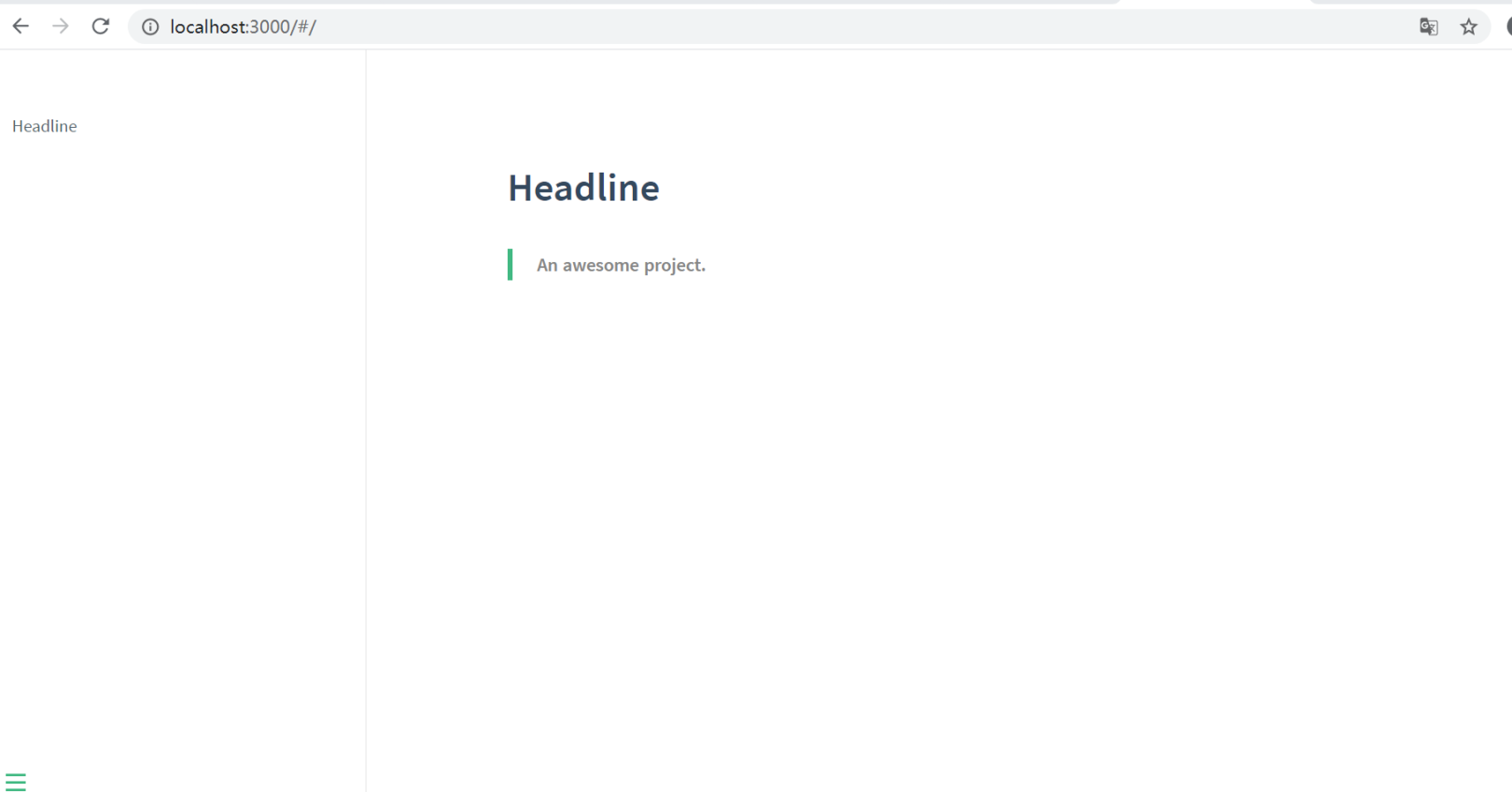
Deployment
Create a cloud development environment
Visit Tencent Cloud Development Console, create a new "Billing Cloud Development Environment", remember the cloud development environment ID, we need to use cloud development website hosting services, currently only the metered environment to support static hosting.
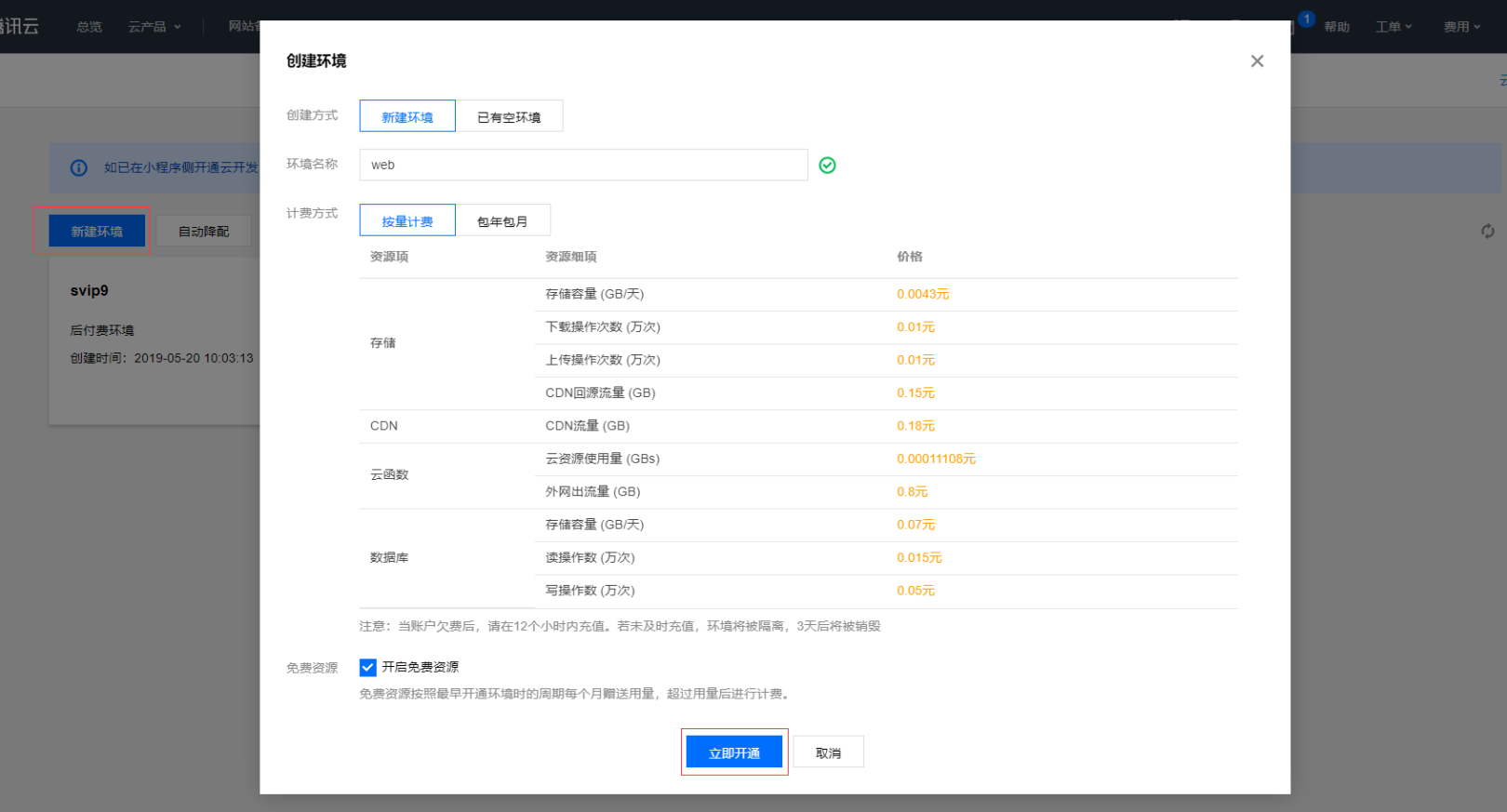
Go to the site hosting control page to launch a static site hosting service
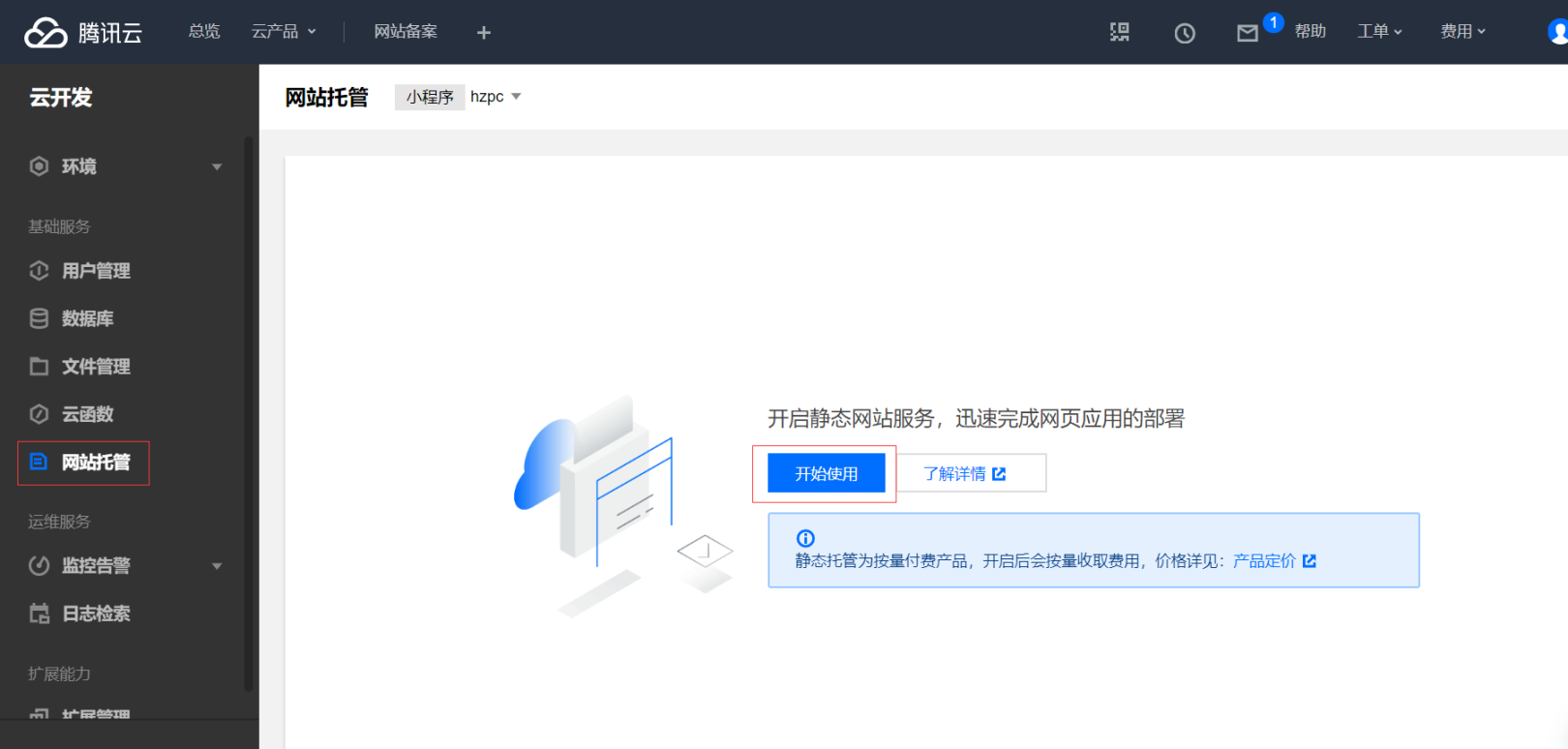
When you see an interface like this, it's already open.
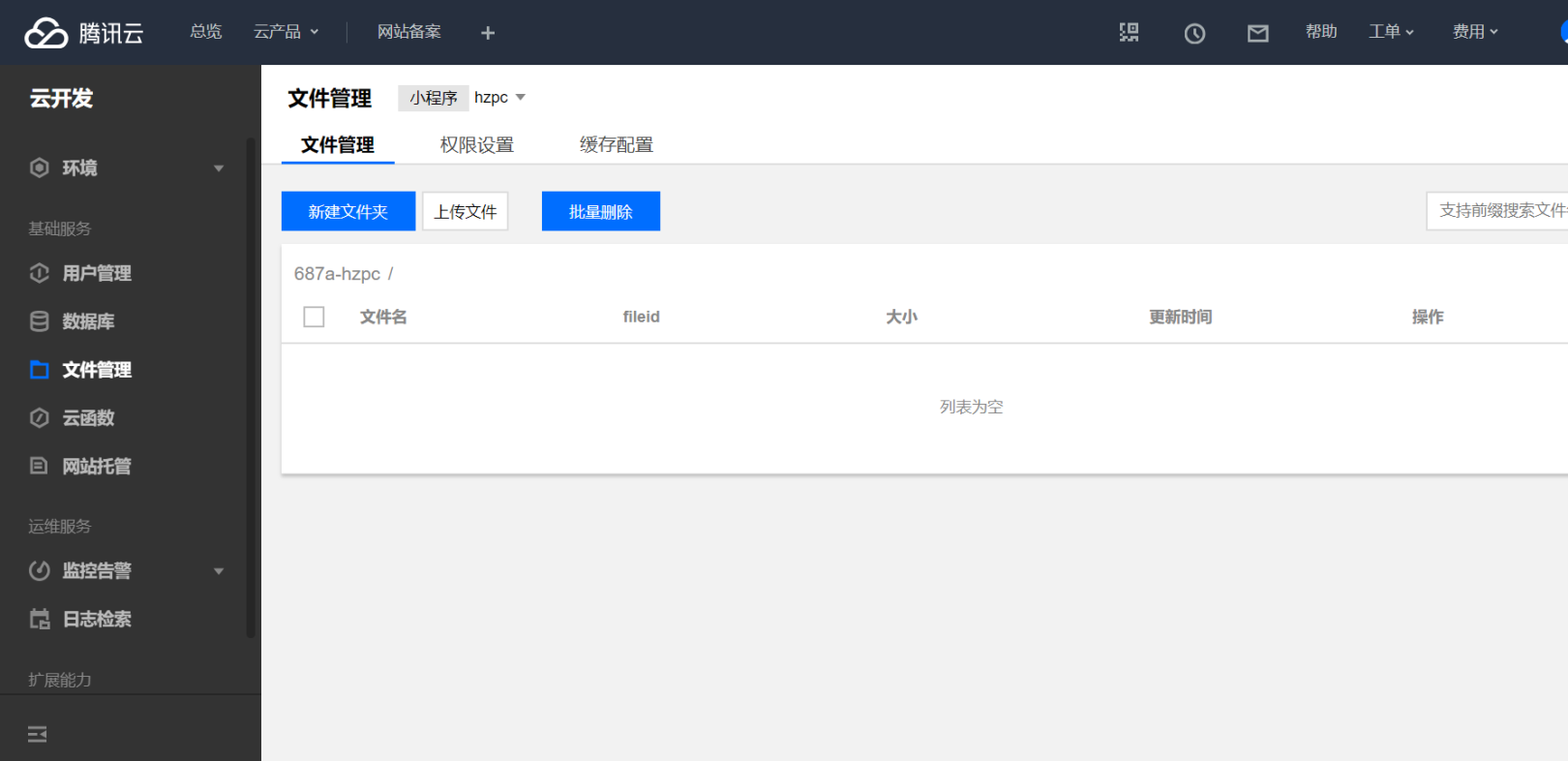
Log in
tcb login
This time you will be reminded that you need to authorize on the web page and confirm the authorization on the pop-up page

After confirming the authorization, you will see the console output the appropriate command
Execute the command to upload the file and remember to replace the EnvID here with the environment ID of your own environment
tcb hosting:deploy ./ -e EnvID
Wait a moment and the file will be uploaded

View static site domain names and statuses
tcb hosting:detail -e envId
This time you will see static website domain name, open browser access on it

This is when you can access the Cloud Development Console to view uploaded files
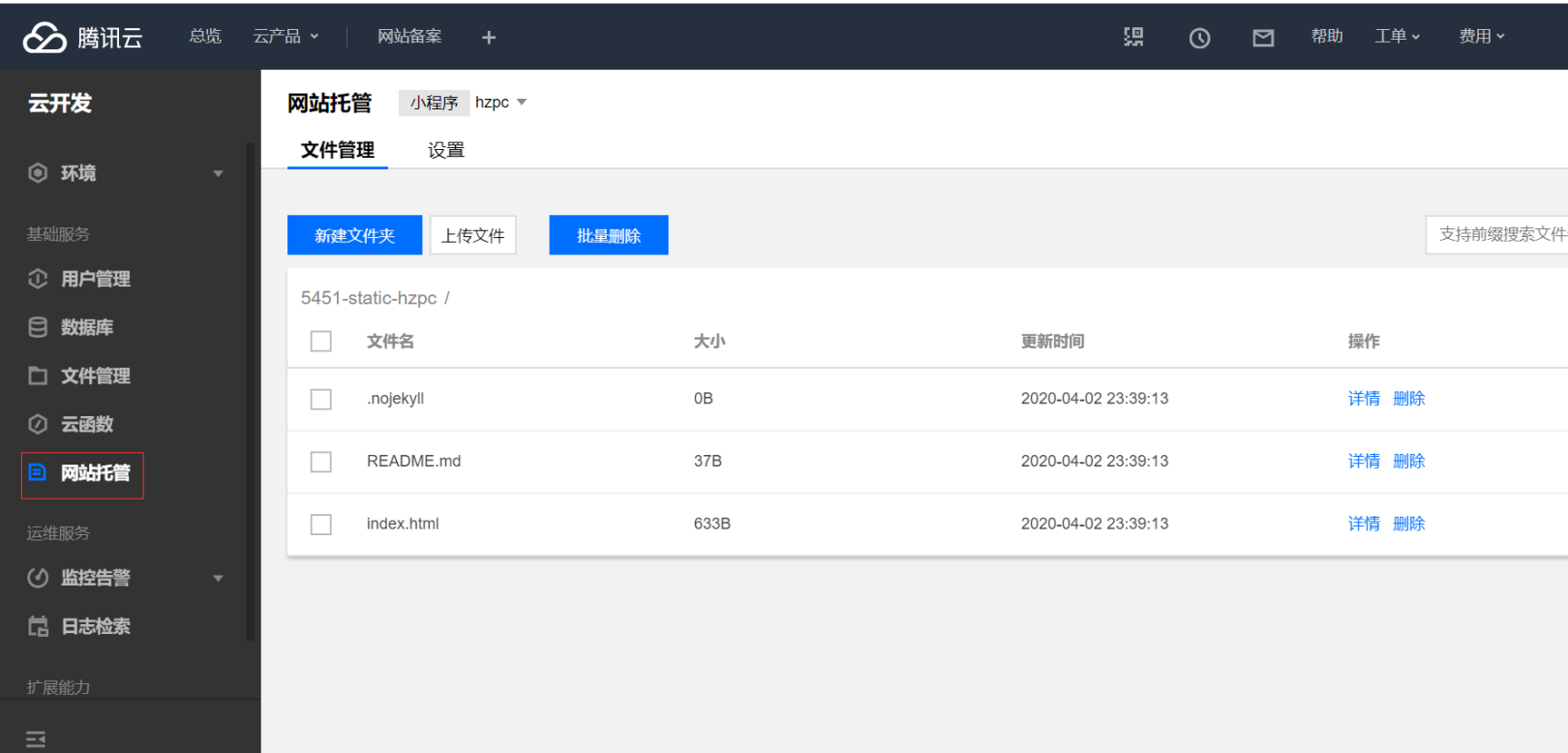
Click settings and you'll see the default domain name just output from the console, but you can also add your own domain name
Summary
The environment ID envId used during deployment can be viewed in the cloud development console, and the basic use of docsify can be viewed on its official website
If you're having trouble with the operation, you can comment on leaving your question